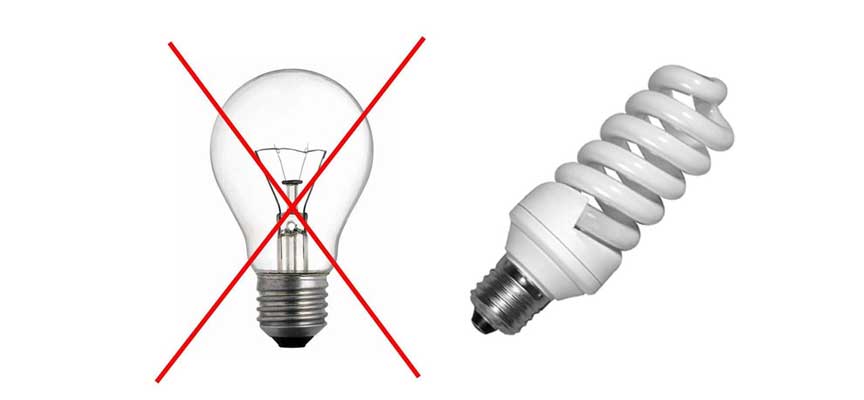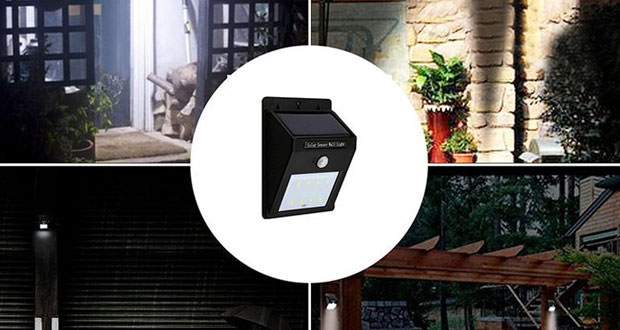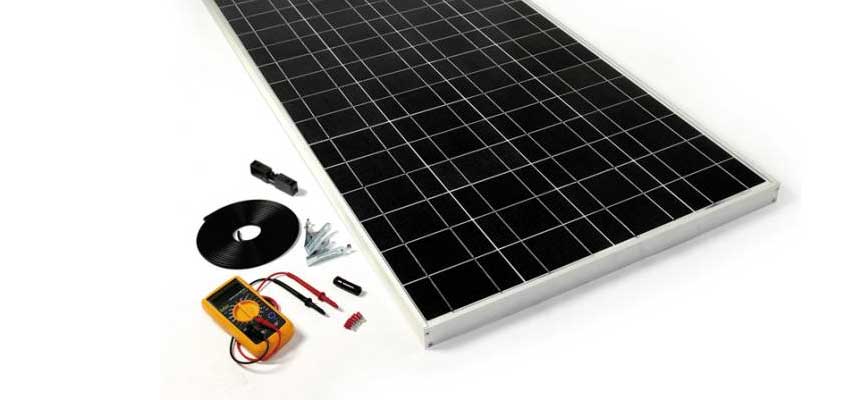Eco-Design and Recycling
Green Architecture
The green roof (orchards or gardens that cover all or part of the roofs of houses, and others) are indeed a perfect combination of aesthetics, functionality, and sustainability that allows you not only to make buildings pleasing to the eye but also represents and above all, an eco-friendly acoustic and thermal insulation, thus saving energy for air-conditioning of the interior, as well as a great natural filter against pollution and against precipitation that downing it from the rooftops, actively contributing to mitigating the so-called ” island of heat ” in the big cities.
Live better with bio-architecture
The idea that the green help people to live better on the other side sinks its roots in the environmental ideas that spread from the 60s, especially in Germany and Austria, not coincidentally the home of Friedensreich Hundertwassen that already in the late 80 planned his Hundertwasser in the district of Landstraße, Vienna: a housing complex that encompasses fifty apartments decorated on the outside with ceramics recovery and made ” live ” by many within the hanging gardens specifically designed by the artist- painter-architect to bring the green in every home.
Driven by his spirit ecologist and the idea that in every area, it was necessary to establish a respectful balance between man and nature, Hundertwasse, had already theorized in his ” What is all overgrown ” some of the principles that inspire today’s most important biologists.
City-Neutral
But to make our cities more sustainable is not just urban green roofs and roof gardens, it is necessary to pay more and more attention to the creation of carbon-neutral buildings, which reduce the emission of CO2, and that they are made ecological materials. In Italy, between the regions most careful, there’s Emilia Romagna in the building regulations of the Municipality of Reggio Emilia-Faenza were introduced incentives for green architecture, including the construction of green roofs for more than 50% of the surface.
Even the towns of Rimini and Cesenatico have decided to encourage the green roof. The City of Florence has promised that by 2014, the first rise tenement zero impacts made according to the principles of environmental sustainability, including full thermal insulation and energy derived entirely from renewable sources.
Eco-Design every day
Each ecological choice is, on the other hand, a choice for the future, and our planet. For this, choose eco-design for the life of every day is a responsible choice. One possibility today more and more concrete and accessible to all thanks to the creativity of designers from around the world who have made their ecology principle.
And as eco-design from the experiments of the recycling design is a short step, now you can find on the market not only everyday objects created with 100% natural materials but also furniture, clothing, accessories, and jewelry born from the recycling of waste materials.
Among the most interesting and best-known examples, the furniture made of pallets: sofas that turn into beds, tables, dressers and chairs, all constructed entirely of pallets are generally used for the transport of goods, which today many architects also used to the construction of houses completely organic.
Another interesting trend is eco-friendly furnishings that which arises from the use of cardboard, virgin, and waste, to create light lines of furniture that need neither metal nor of screwdrivers for assembly, but only wise bends and joints ad hoc. It is the guiding principle Australian company Karton Group, which has made this type of furniture it is eco-workhorse.
The Italian designer Paola and Cristina Embankment Arise to have instead created a line Tubes Fan entirely made from the recycled cardboard tubes which, duly processed. They become armchairs and coffee tables with glass plexiglass.
And then pieces of wood going to landfill that turns into libraries and stylish chairs. But even CDs that become elegant glowing lamps and multicolor. Less famous, but certainly original and imaginative, are the creations of Miss Lamparita, a young Italian designer who by recycling old everyday objects such as fans, blenders, teapots, antique China cups manage to give birth to bizarre and surreal lighting only of their kind.
And again, handbags and jewelry made of aluminum that give new life to the caps of beer cans, and the shantytowns of Brazil have brought their spirit up ecologist at the MoMA in New York. Or those made with plastic bags of candy or chips and snacks more common, designed and made specifically to reduce the production of waste (there is even talk of 40 million wrappings saved from landfills).
There are also entire lines of clothing created with old audio cassette tapes now almost completely abandoned tents and bags were born from the old truck. The examples are many.
And, incredibly enough, even the kitchen scraps can lead to new, revolutionary eco-ideas: the case of Israeli designer Ori Sonnenschein, who, from orange peels pressed and then dried in the sun, he created his Solskin Peels, a line of 100% biodegradable tableware made of spoons, bowls, plates, cups, and jugs all shaped by hand to give them the desired shape and then made watertight at the end of the process, thanks to a special non-toxic lacquer.
Another example? The lamp Decafe, created from the recovery of funds from the coffee mixed with other materials from the Spanish Raul Lauri, who at the last Salone del Mobile in Milan has won the first prize at the Salone Satellite, the section devoted to young designers.






